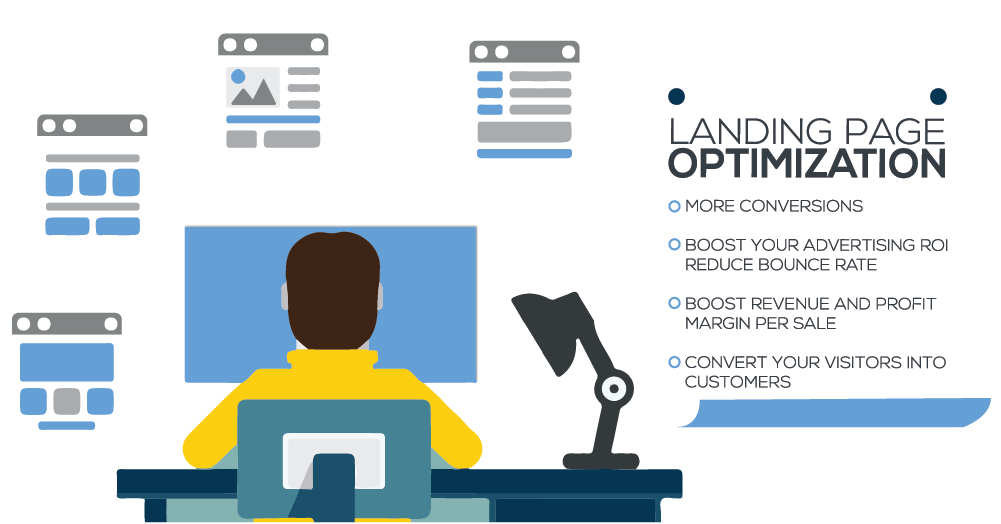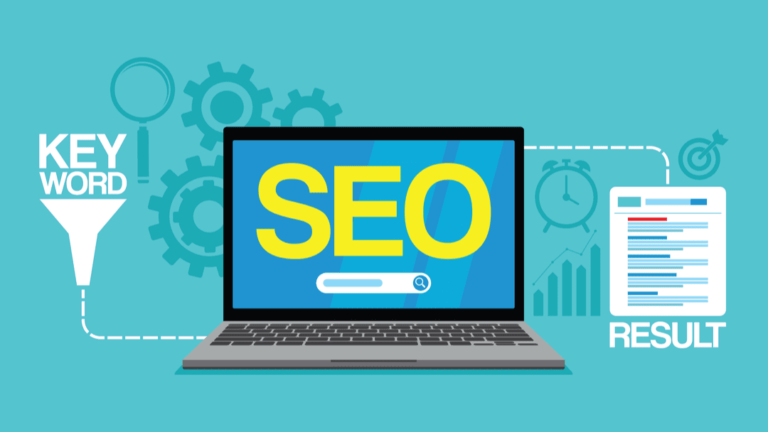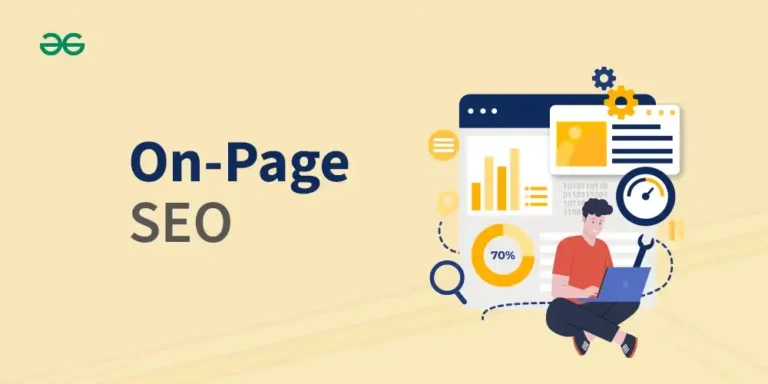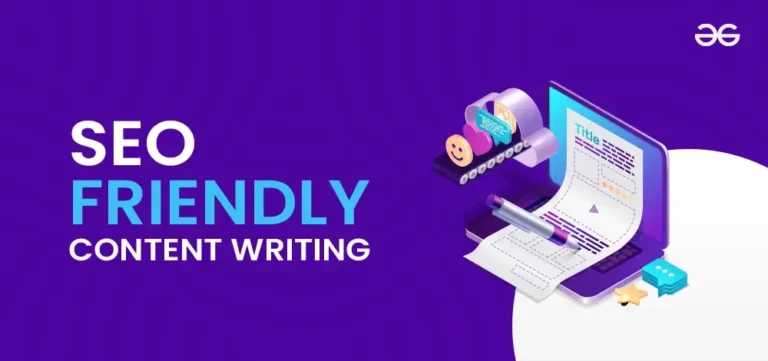Tailoring On-Page SEO for Blogs, E-Commerce, and More
Search engine optimization (SEO) isn’t a one-size-fits-all solution, especially when it comes to on-page SEO. Every type of content—whether it’s a blog post, an e-commerce product page, or a landing page—requires a unique approach. At Social Peak Media, we specialize in helping small businesses enhance their online visibility through tailored on-page SEO strategies.
In this guide about tailoring On-Page SEO, I’ll walk you through the essential best practices for optimizing different types of content on your website, ensuring you’re not only seen but also engaged with by your target audience.

On-Page SEO Best Practices for Blogging
Blogging remains one of the most effective ways to drive traffic to your website and establish your authority in your niche. However, merely publishing content isn’t enough. You need to optimize your blog posts so they can be found by search engines and provide value to your readers.

1. Crafting SEO-Friendly Blog Titles Your blog title is the first thing both search engines and readers see, so it must be engaging and optimized. Use your primary keyword naturally in the title, but make sure it doesn’t sound forced. Titles that promise value or solve a problem tend to perform better.
2. Optimizing Meta Descriptions for Click-Through Rates Meta descriptions don’t directly impact rankings, but they significantly influence click-through rates. Write compelling meta descriptions that summarize the content, include your primary keyword, and entice users to click through to your post. Keep it under 160 characters to ensure it’s fully displayed in search results.
3. Using Header Tags for Better Structure and Readability Organize your content with header tags (H1, H2, H3, etc.) to create a clear structure. This not only helps search engines understand the hierarchy of your content but also makes it easier for readers to navigate. Use your primary and secondary keywords in these headers naturally.
4. Internal and External Linking Strategies Internal linking helps distribute link equity across your site and keeps users engaged by directing them to related content. Include 2-3 internal links per blog post. External links to authoritative sources can also add credibility to your content. Just ensure these links open in a new tab to keep visitors on your site longer.
5. Image Optimization for Speed and SEO Images make your blog posts more appealing, but they need to be optimized. Compress images to improve page load speed, and always include descriptive alt text with your keywords. This helps with both accessibility and SEO.
6. Keyword Optimization Without Overstuffing Keywords should be naturally integrated into your content. Aim for a keyword density of around 1-2% to avoid keyword stuffing, which can hurt your rankings. Focus on including keywords in strategic places like the introduction, conclusion, and a few subheadings.
7. Writing Engaging and Valuable Content At the core of on-page SEO is the content itself. Your blog posts should provide real value to your readers, addressing their questions or solving their problems. Use a conversational tone, include anecdotes or case studies, and break up text with bullet points or short paragraphs to maintain reader interest.
8. Implementing Schema Markup for Enhanced SERP Features Schema markup can give your blog posts an edge in search results by enabling rich snippets. Whether it’s adding review stars, FAQ sections, or author information, implementing schema can increase your visibility and click-through rates.
Optimizing E-Commerce Product Pages for Search Engines
For e-commerce sites, product pages are where the magic happens. Optimizing these pages is crucial not just for attracting visitors, but for converting them into customers.

1. Crafting Descriptive and Persuasive Product Titles Your product title should be clear, descriptive, and include your primary keyword. For example, instead of just “Running Shoes,” a more optimized title could be “Men’s Lightweight Running Shoes for Trail Running.” This gives both search engines and customers a better idea of what you’re selling.
2. Writing Unique Product Descriptions Many e-commerce sites fall into the trap of using manufacturer descriptions, which can lead to duplicate content issues. Write unique, engaging product descriptions that highlight the benefits and features of the product. Focus on how it solves a problem or enhances the customer’s life.
3. Optimizing Product Images for SEO Just like blog images, product images need to be optimized. Use high-quality images, but compress them for faster loading times. Include descriptive filenames and alt text that incorporates your keywords. If you offer multiple views of a product, optimize each image individually.
4. Implementing Customer Reviews for Social Proof Customer reviews are not only a trust signal but also provide fresh content for your product pages. Encourage customers to leave reviews and respond to them to show that you value feedback. You can also use schema markup to display star ratings in search results, increasing the likelihood of clicks.
5. Utilizing Structured Data for Rich Product Snippets Structured data, such as product schema, can help your pages stand out in search results. This might include pricing, availability, and review information. Implementing this can improve your click-through rates and give potential customers the information they need at a glance.
6. Enhancing User Experience with Clear Calls to Action A product page should guide the visitor toward making a purchase. Use clear, compelling calls to action (CTAs) like “Add to Cart” or “Buy Now.” Position these CTAs prominently on the page and ensure they’re easy to find.
7. Leveraging Related Products and Upsells Increase the average order value by suggesting related products or upsells on your product pages. Use carousels or grids to display items that complement the product the customer is viewing. This not only helps with SEO but also keeps visitors engaged on your site longer.
8. Ensuring Mobile Optimization for E-Commerce With a significant amount of shopping happening on mobile devices, your product pages must be fully responsive. This includes everything from image sizes to button placement. Google’s mobile-first indexing means mobile optimization is non-negotiable if you want to rank well.
How to Optimize Landing Pages for SEO and Conversions
Landing pages are designed to drive specific actions, whether it’s signing up for a newsletter, downloading a guide, or making a purchase. Effective on-page SEO for landing pages is about balancing optimization for search engines with creating a seamless user experience that drives conversions.
1. Creating a Focused and Compelling Headline Your headline is the first thing visitors see, and it should immediately communicate the value proposition. Use your primary keyword, but ensure the headline is compelling enough to grab attention and clearly convey what the visitor will gain.
2. Writing Concise and Persuasive Copy Landing page copy should be concise yet persuasive. Every word should serve a purpose—whether it’s to inform, persuade, or guide the visitor towards the call to action. Include your keywords naturally, but the focus should be on the user’s needs and how you can meet them.
3. Optimizing Forms for User Experience and Conversion If your landing page includes a form, ensure it’s optimized for ease of use. Only ask for essential information to reduce friction and improve conversion rates. Use engaging button text, like “Get Your Free Guide” instead of the generic “Submit.”
4. Using Testimonials and Trust Signals Trust signals such as testimonials, security badges, and guarantees can significantly impact conversions. Include a few customer testimonials with keywords where appropriate, and place trust signals near your CTAs to reassure visitors.
5. Enhancing Page Speed for Better User Experience Page speed is crucial for landing pages. A slow page can increase bounce rates and decrease conversions. Optimize your images, leverage browser caching, and minimize redirects to improve load times. Google’s PageSpeed Insights tool can help identify areas for improvement.
6. Implementing A/B Testing for Continuous Improvement To maximize conversions, regularly test different elements of your landing page. This could be headlines, copy, images, or CTAs. A/B testing allows you to make data-driven decisions and continually optimize your page for better results.
SEO Strategies for Video Content
With video content becoming increasingly popular, optimizing your videos for SEO is essential for visibility and engagement.

1. Crafting SEO-Friendly Video Titles and Descriptions Much like blog posts and product pages, your video titles and descriptions need to be optimized. Include your primary keyword in the title and write a detailed description that summarizes the video’s content while incorporating relevant keywords.
2. Using Transcripts for Better Searchability Search engines can’t watch videos, but they can read text. Including a transcript with your video content makes it more accessible and provides additional text for search engines to crawl. This can significantly improve your video’s SEO.
3. Optimizing Video Thumbnails for Click-Through Rates Your video thumbnail is the visual representation of your content. Choose a thumbnail that is eye-catching and relevant to the video’s content. An engaging thumbnail can improve click-through rates and overall engagement.
4. Embedding Videos to Enhance Content Embedding videos within your blog posts or landing pages can increase dwell time, which is a positive ranking signal for search engines. Ensure that your embedded video is relevant to the content and that you provide a text summary or analysis for context.
5. Leveraging Video Schema Markup Using schema markup for your videos can enhance how they appear in search results. This might include displaying the video’s duration, upload date, and a brief description directly in the SERP, making it more likely users will click on your video.
How to Optimize Long-Form Content for Better Rankings
Long-form content is an excellent way to establish authority and provide comprehensive information on a topic. However, it requires careful optimization to ensure it ranks well and holds the reader’s attention.
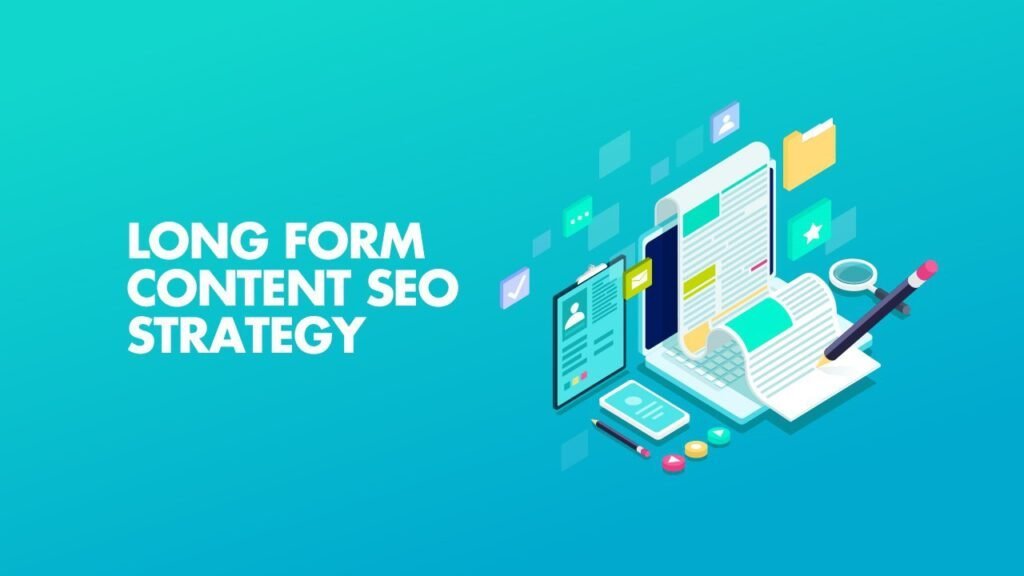
1. Structuring Long-Form Content with a Table of Contents A table of contents (TOC) helps readers navigate long-form content and signals to search engines the different sections of your post. Implement a TOC that links to different sections of your content, making it easier for users to find the information they need.
2. Breaking Up Text with Subheadings and Lists Long blocks of text can be overwhelming. Break up your content with subheadings, bullet points, and numbered lists. This improves readability and keeps readers engaged throughout the piece.
3. Ensuring Keyword Variety and Coverage With long-form content, you have more room to explore different aspects of a topic. Use this opportunity to include a variety of related keywords and phrases, naturally woven into the content. This broadens your reach and helps capture different search queries.
4. Enhancing Content with Visuals and Interactive Elements Use images, infographics, charts, and videos to break up the text and add value to your content. Interactive elements like quizzes or calculators can also enhance user engagement and time spent on the page.
5. Internal Linking to Related Long-Form Content Link to other in-depth articles or guides within your site to keep users engaged and improve your internal linking structure. This helps distribute page authority and can lead to better rankings across multiple pages.
6. Regularly Updating Long-Form Content SEO is not a set-it-and-forget-it strategy. Regularly update your long-form content to ensure it remains accurate, relevant, and competitive. This could include adding new sections, updating statistics, or incorporating the latest trends and information.
Conclusion
On-page SEO is a multifaceted process that requires a tailored approach depending on the type of content you’re optimizing. Whether you’re managing a blog, an e-commerce site, or a landing page, applying these best practices will help ensure your content is both search engine-friendly and valuable to your audience.
At Social Peak Media, we’re committed to helping small businesses grow by crafting and executing effective SEO strategies tailored to your unique needs. Ready to take your on-page SEO to the next level? Let’s get started!


